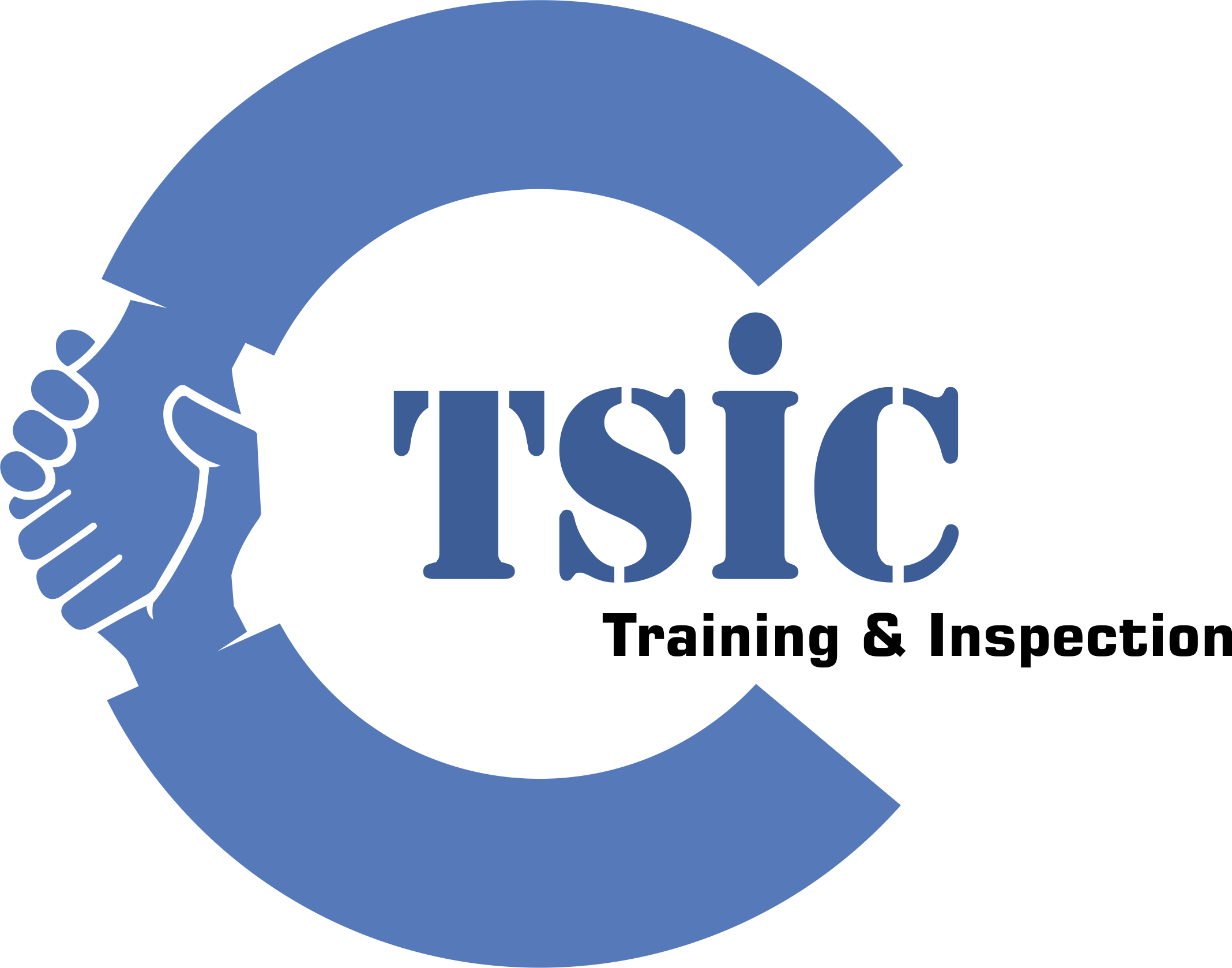For example, your rent, marketing campaign expenses or money spent on new equipment can be considered sunk costs. A.) The depreciation of the old machine, $5,000, is irrelevant since the company will continue to depreciate the machine until the end of its useful life. Whether the company purchases the new equipment or not, it will bookkeeper360 app xero integration reviews still incur the $5,000 depreciation. Take note that the company has already paid for the old machine (a sunk cost) and will continue to use it. Relevant costs refer to those that will differ between different alternatives. Irrelevant costs are those that will not cause any difference when choosing one alternative over another.
Labour and variable overheads are incurred at a rate of $16/machine hour and the finished products sell for $30 per unit. A sunk cost is an expenditure that has already been made, and so will not change on a go-forward basis as the result of a management decision. A big decision for a manager is whether to close a business unit or continue to operate it, and relevant costs are the basis for the decision. Assume, for example, a chain of retail sporting goods stores is considering closing a group of stores catering to the outdoor sports market. The relevant costs are the costs that can be eliminated due to the closure, as well as the revenue lost when the stores are closed.
What Is Relevant Cost?
Also called marginal analysis, the relevant cost approach, or differential analysis, incremental analysis disregards any sunk cost (past cost). A relevant cost is one that we incur as a direct response to a particular decision. And likewise, a relevant revenue is the same, just instead of a cost, we incur a revenue as a result of a particular decision.
- The company will be able to decrease its variable costs by $28,000 but will incur in incremental costs of $10,000 due to increase in depreciation.
- Almost all of the costs related to adding the extra passenger have already been incurred, including the plane fuel, airport gate fee, and the salary and benefits for the entire plane’s crew.
- The profit margin is the difference between the price charged to the customer and the cost to manufacture a good.
- It is depreciated using the straight-line depreciation over its useful life of 10 years.
No matter what decision we make, we’ve already incurred that cost. Therefore, it’s a sunk cost and it’s never relevant in short-term decision making. A relevant cost is a cost that only relates to a specific management decision, and which will change in the future as a result of that decision.
Factoring in a Special Order
Good examples include committed fixed costs such as insurance and current depreciation. Incremental analysis models include only relevant costs, and typically these costs are broken into variable costs and fixed costs. This relationship is known as cost-volume-profit (CVP) analysis and assists management in setting targets for profitability given its cost structure and the volume of products it produces. Costs incurred to manufacture a product can be classified as variable, fixed, or mixed.
Opportunity cost
ABC Company is currently using a machine it purchased for $50,000 two years ago. It is depreciated using the straight-line depreciation over its useful life of 10 years. The company is contemplating on buying an additional machine worth $80,000, to be used in conjunction with the old. Though units produced will stay the same, the company expects a significant decrease in variable costs from $68,000 to $40,000, annually. Fixed costs other than depreciation expense will remain at $30,000. As mentioned earlier, relevant costs are those that will differ between different alternatives.
Difference Between Avoidable and Unavoidable Cost
The relevant cost concept is extremely useful for eliminating extraneous information from a particular decision-making process. Also, by eliminating irrelevant costs from a decision, management is prevented from focusing on information that might otherwise incorrectly affect its decision. In addition, express it as a dollar amount per unit or as a ratio.
The wages of these scribes are relevant costs, since they will be eliminated in the future if management buys the printing press. However, the cost of corporate overhead is not a relevant cost, since it will not change as a result of this decision. The opposite of a relevant cost is a sunk cost, which has already been incurred regardless of the outcome of the current decision. A sunk cost refers to a cost that has already occurred and has no potential for recovery in the future.
This represents the manufacturing equipment’s depreciation for the number of days in which production for the order will take place. This represents the share of factory supervisor’s salary for the number of days in which production for the order will take place. The closure of Production Line A would also result in the revenue lost being greater than the value of the costs saved, so this isn’t a good idea either. Therefore, the closure of Production Line B is not a good idea as the revenue lost is greater than the value of the costs saved.
